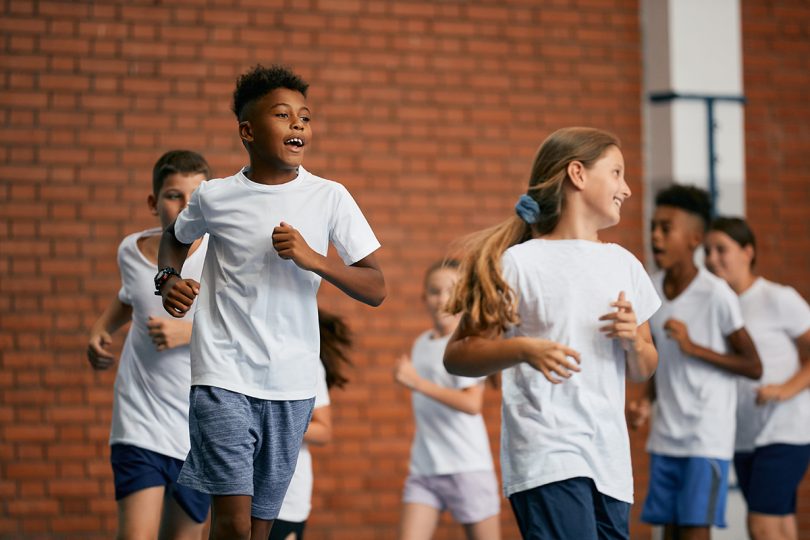In today’s digitally-dominated world, where children are more inclined towards screens than outdoor activities, the importance of physical education in schools cannot be overstated. Physical Education (PE) plays a critical role in educating the whole student, not just their academic ability. It contributes to children’s broad development and growth, helping them establish lifelong habits of physical activity and health.
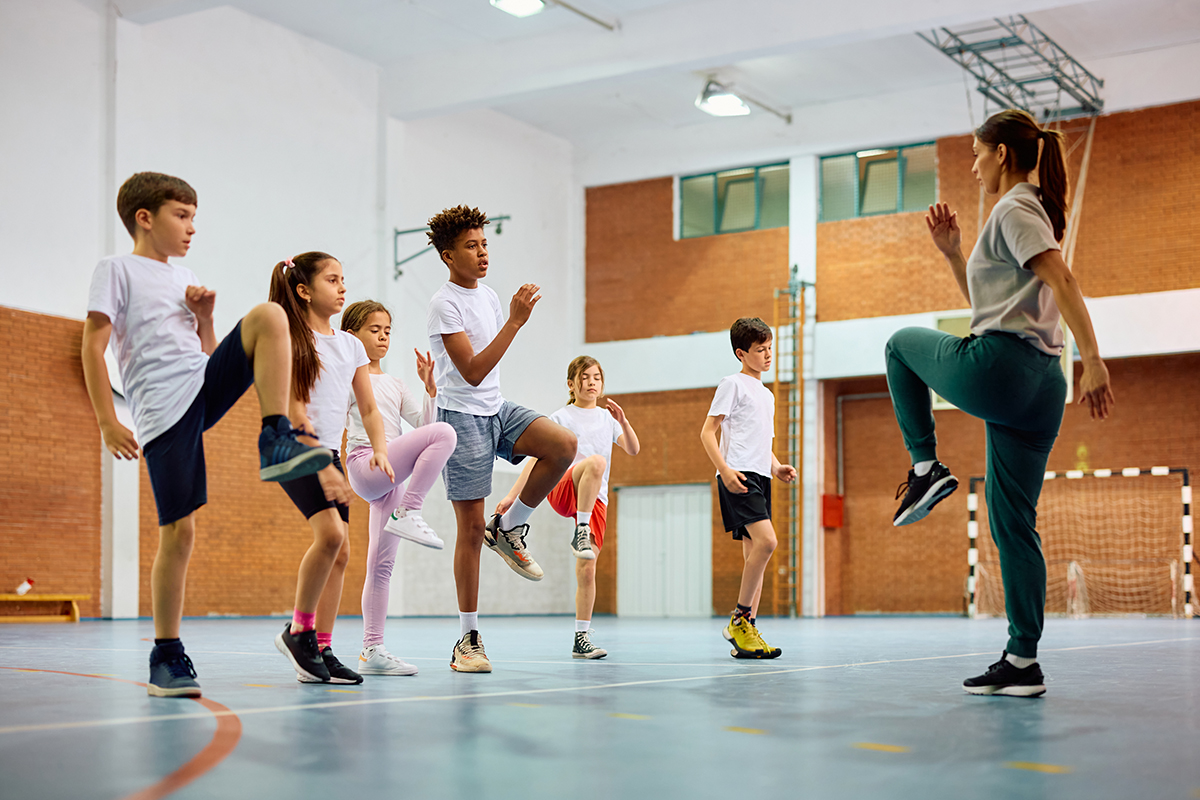
Benefits of Physical Education
Physical education provides students with a plethora of benefits that extend beyond the schoolyard. Here are some of the key benefits:
1. Physical Health and Fitness
Physical education promotes physical activity, which is crucial for the health and well-being of children. Regular physical activity helps children build and maintain healthy bones and muscles, control their weight, and reduce their risk of developing chronic diseases such as heart disease and type 2 diabetes. Through diverse activities like running, jumping, dancing, or playing a sport, students get a comprehensive workout that engages different muscle groups and enhances their overall fitness.

2. Social Skills Development
Physical education classes offer opportunities for students to interact and work as a team. These situations help children develop important social skills, such as communication, cooperation, and respect for others. They learn about fair play and sportsmanship, and how to cope with winning and losing. Interacting with peers in a non-academic setting also aids in the development of leadership skills and empathy, as children navigate group dynamics and understand different perspectives.
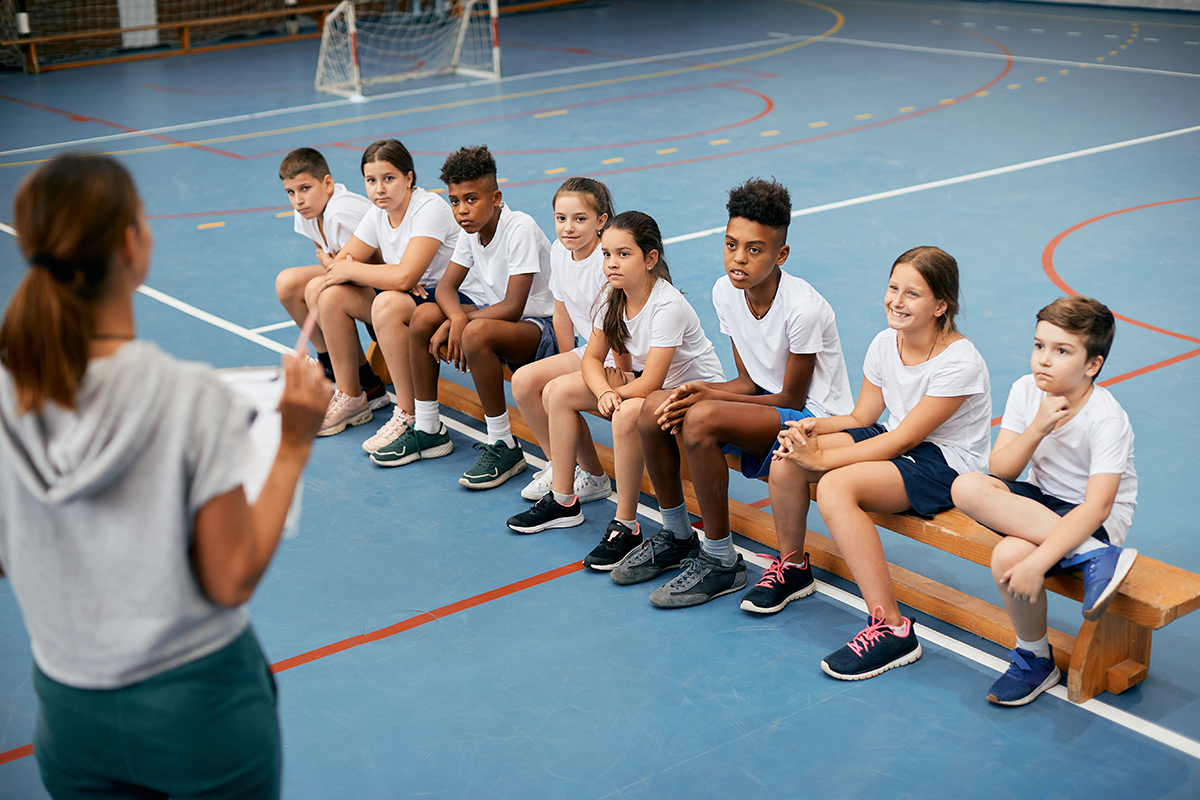
3. Emotional Well-being
Engaging in regular physical activity can also contribute to improved mental health. Physical activity has been shown to reduce symptoms of depression and anxiety and improve mood. In addition, it can boost children’s self-esteem and confidence. Overcoming challenges and achieving personal goals in physical education classes help students to develop resilience and perseverance, key traits that will be beneficial in their personal and professional lives.
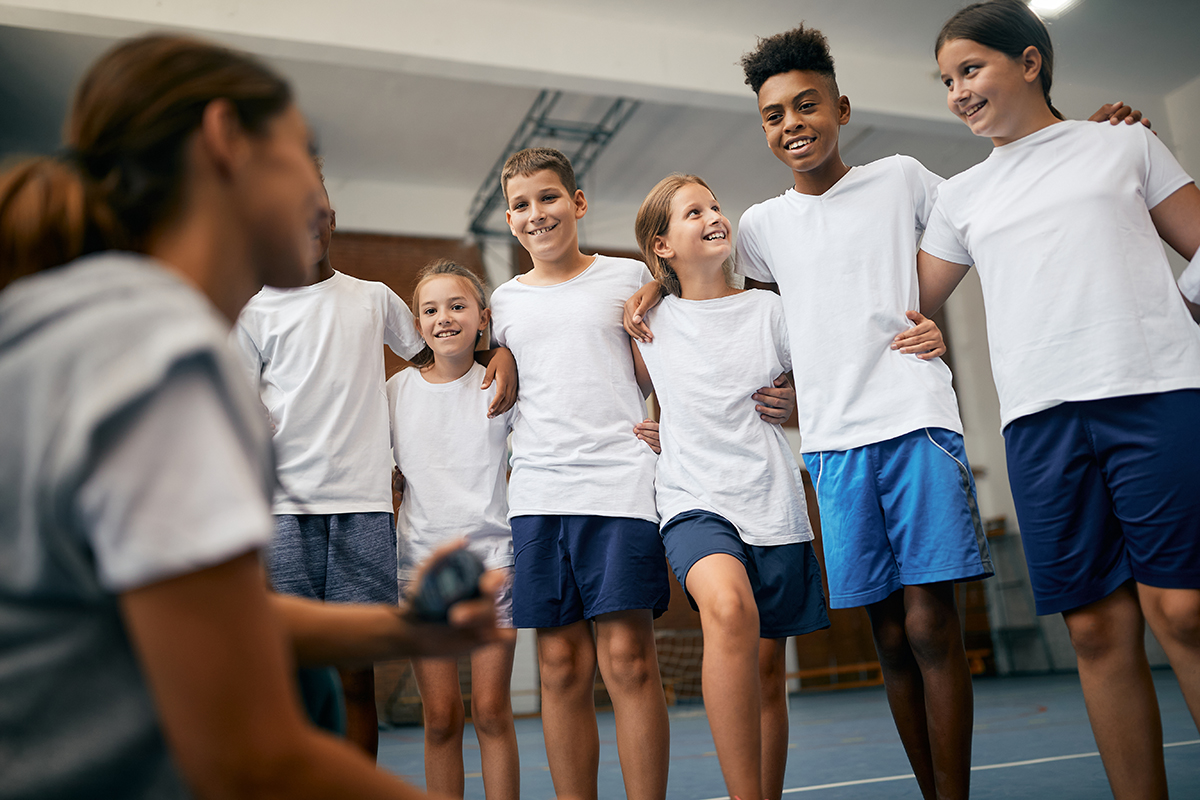
4. Cognitive Skills Improvement
Physical activity stimulates brain function and can enhance students’ cognitive abilities. It improves concentration, memory, and classroom behavior, which can lead to better academic performance. Additionally, physical education classes teach children about the human body, nutrition, and the importance of a healthy lifestyle, providing valuable knowledge for their future. Learning to strategize in games and sports, understanding the mechanics of movement, and applying principles of physics and geometry in real-world situations can enrich their academic learning in subjects such as Math and Science.
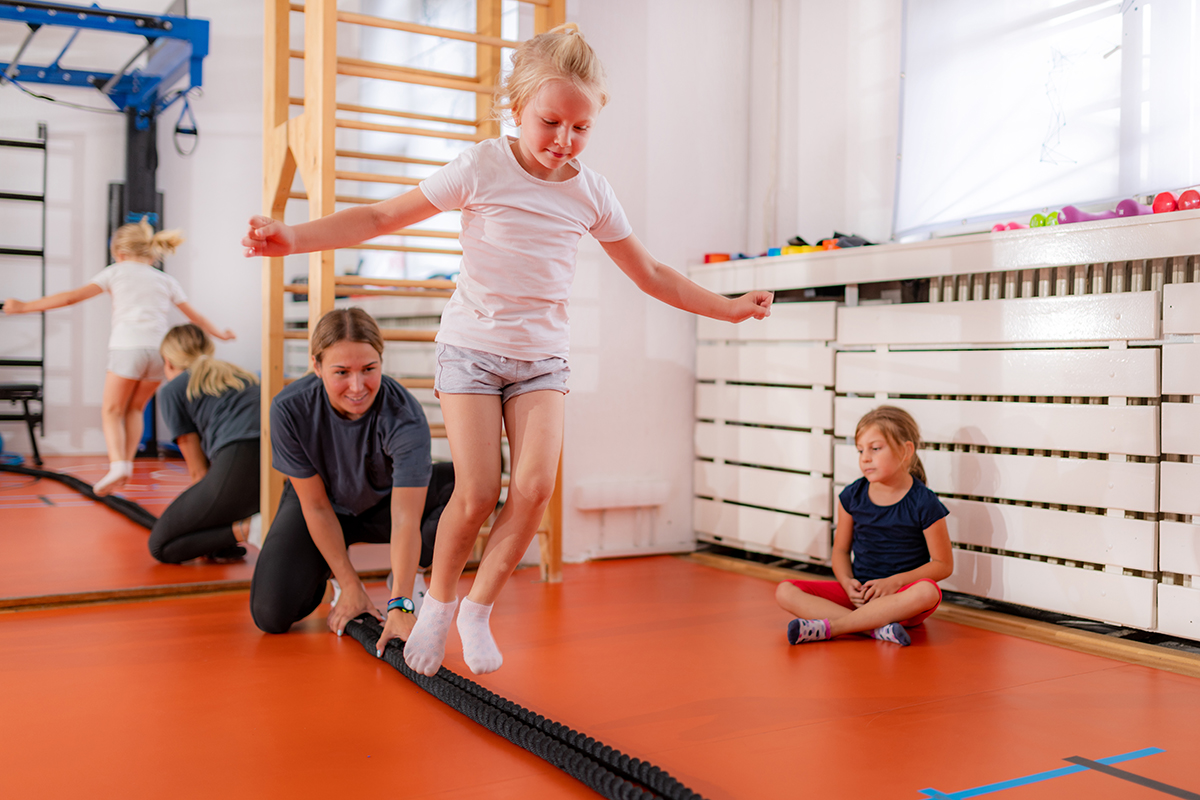
5. Encouragement of a Healthy Lifestyle
By teaching students the value of physical activity, physical education encourages them to lead a healthy lifestyle. It helps them understand the importance of staying active, eating well, and maintaining a balanced lifestyle. This understanding can set the groundwork for healthy habits that last a lifetime. It also nurtures an appreciation for different kinds of physical activities, be it team sports, individual sports, dance, or outdoor adventures, providing them with varied options to stay active throughout their lives.
Challenges and Solutions in Physical Education
Despite the numerous benefits of physical education, several challenges can hinder its effective implementation in schools. These can include limited resources, inadequate infrastructure, a lack of qualified PE teachers, and a lower priority given to PE in comparison to core academic subjects. However, these challenges can be addressed through strategic planning and the collective effort of educators, parents, and policymakers.
1. Prioritizing Physical Education
It’s crucial to prioritize physical education as an essential part of the school curriculum. Recognizing the holistic benefits of physical education can encourage schools to allocate adequate time and resources to this subject. Schools should aim to meet national or international guidelines for physical activity for children, ensuring that every child gets the recommended amount of physical activity each week.
2. Training and Support for PE Teachers
Investing in the professional development of PE teachers can significantly enhance the quality of physical education in schools. Continuous training can equip teachers with the latest methodologies and techniques in physical education, enabling them to deliver engaging and effective lessons. Schools can also provide support in terms of resources and materials necessary for diverse physical activities.
3. Inclusive Physical Education
Physical education should be inclusive, catering to students of different abilities and fitness levels. Teachers can modify activities and games to ensure that everyone can participate and enjoy physical education classes. This approach can also help to foster a positive attitude towards physical activity among students who may feel less athletic or are dealing with physical challenges.
Conclusion
The importance of physical education extends far beyond the school walls. It fosters not just physical health, but also social, emotional, and cognitive development. In an age where sedentary behavior is common, physical education, and understanding its importance, is a powerful tool to encourage an active, healthy lifestyle among our children. While challenges exist, the potential benefits make it worthwhile to invest in high-quality, inclusive physical education programs in our schools.

